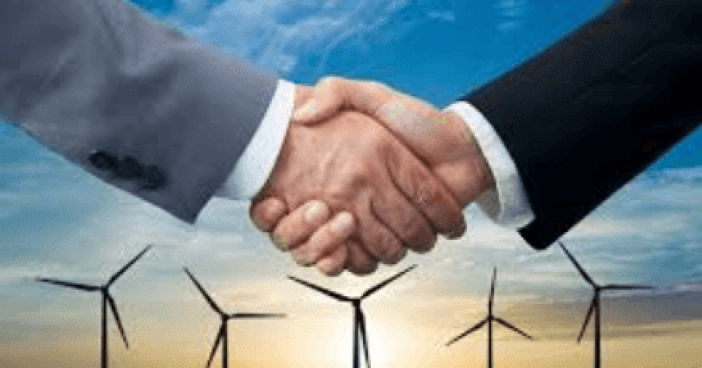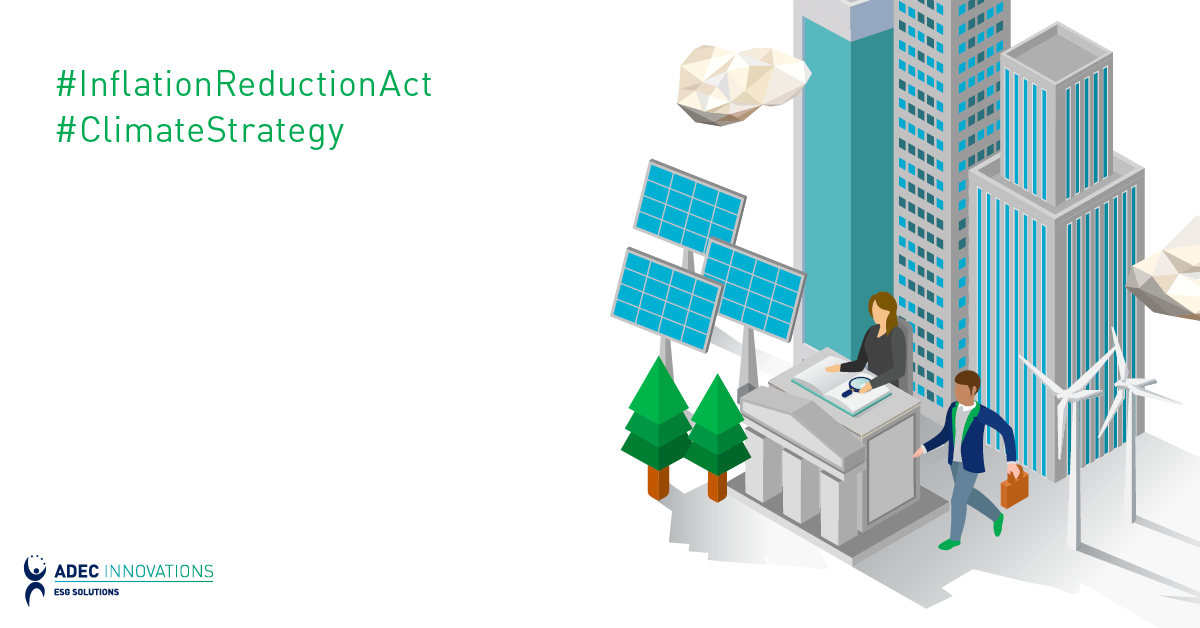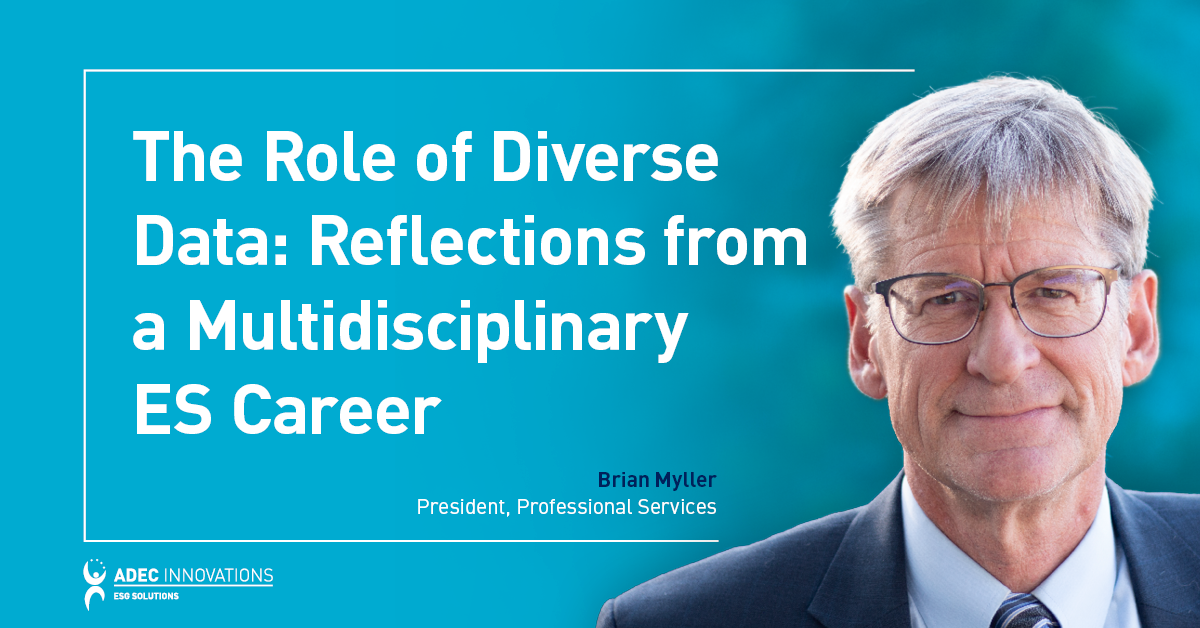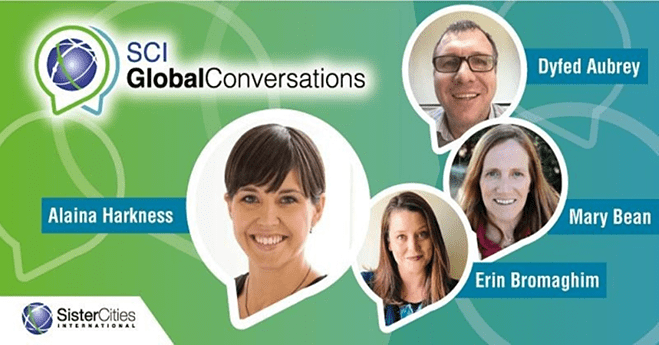In 2015, California Governor Jerry Brown set some of the nation’s most ambitious goals for production of electricity from renewable sources for his state. Given the costly impacts California is already facing from climate change, including the current drought, this aggressive position is hardly surprising.
During his state of the state speech in 2015, Brown said he would seek to increase the amount of electricity derived from renewable sources in California to 50% by 2030 – up from an already ambitious 33% – using a range of initiatives including solar and wind production.
California has been relatively successful at generating large amounts of renewable energy and, according to the California Independent System Operator Corporation (CAISO), is on track to meet the previous 33% goal by 2020. Ramping up to 50% creates an entirely new level of complexity, both from the distribution side – ensuring a stable, reliable grid – and from the infrastructure development side.
Legislation outpacing technology
The issue, of course, is reliability. Other than geothermal energy, most renewable sources deliver power intermittently and somewhat unpredictably. What’s more, generation may be out of sync with demand cycles (i.e., wind diminishes in the afternoon, just as air conditioning needs rise). Given the inevitability of supply fluctuations, California’s utilities and the CAISO face a daunting task to efficiently match energy dispatch with demand over one of the largest and most complex electric grids in the world.
In the short run, the grid will rely on quick-response access to conventional gas-fired power plants when output from wind or solar plants dips – an inefficient system at best.
In the long run, more innovative, flexible and efficient approaches to load balancing and grid stability will be necessary to ensure renewable energy is dispatched as needed. Innovation in large-scale electricity storage systems, more efficient transmission, and consumption management and demand response solutions at the end-user will be necessary to maintain consistent service. The CAISO, infrastructure providers and renewable energy developers all acknowledge that the grid must be upgraded to reflect the future balance of energy sources and accommodate future loads and demand cycles.
For energy infrastructure developers, those many question marks and technical gaps represent just some of the risks involved in making large-scale investments in production facilities of renewable energy.
Even for wind and solar firms willing to invest in large-scale projects, and with the right contracts and financing in place, getting projects off the ground can be complex. One complicating factor is that among the most likely locations for new projects are tracts of federal land under the care of the Bureau of Land Management and available for solar and wind leasing. In those areas and others, developers will have to meet rigorous environmental standards such as those outlined in the California Environmental Quality Act (CEQA) to move forward.
Managing the known risks
Beyond the uncertainties of the grid, developers must factor the need for site selection, environmental planning, resource management, regulatory compliance and permitting, entitlements and development approvals, public engagement and supply chain analysis in to their project plans. These measures allow developers to at least manage and mitigate the known risks of development, but they can be complex.
Utility-scale solar power plants require a tremendous amount of land, and finding a space large enough on a contiguous piece of property can be a significant challenge. In California, for example, finding permit-friendly land that is free of environmental hazards and earthquake risk, and reasonably close to transmission facilities (but not residential sprawl) is no easy task.
Additional considerations for developers include:
1) A documented process
Compliance with environmental regulations requires a well-documented record of all properties considered, resources present, and the criteria upon which the property was selected or eliminated from consideration.
2) Habitat
Undeveloped land is habitat for protected plants and wildlife, and even developed tracts may comprise protected wetlands or sensitive resources. Biological resources can add significant costs and delays to securing entitlements for development, and thus biological studies are vital early in the process.
Ongoing monitoring is also typically required to evaluate the effect of solar and wind projects on avian species. This requirement flows from the environmental review process, and the data collected informs future designs, ensuring that renewables provide a growing share of energy production.
3) Zoning and land use issues
A thorough examination of existing entitlements and conformance with local zoning and ordinances is a vital planning element. Ensuring that your project conforms to local land use policies minimizes potential roadblocks and mitigations you may be required to implement.
4) Public engagement
Understanding the community where a project is proposed will support successful public engagement and minimize conflicts and delays resulting from legal challenges. The momentum created by the legislative mandate for increased production of renewable sources of power provides a basis for discussion and education about the future of the grid, and the risks and opportunities associated with renewable versus traditional power sources.
Over time, the nation’s electrical grid, transmission and trading systems will have to be adapted to accommodate a wider variety of power sources, renewable and otherwise. Workable solutions for storage and consumption management must and will be developed. All of this creates opportunities for developers of renewable production and transmission willing to plan intelligently and manage known development risks.
ADEC ESG creates programs that allow you to save on energy costs, reduce consumption, boost energy efficiency and improve your bottom line. Our energy management services, combined with an extensive history in environmental due diligence, provide you with a sound plan that covers all the details. To stay current on news about renewables, subscribe to our monthly newsletter, GreenWatch.




